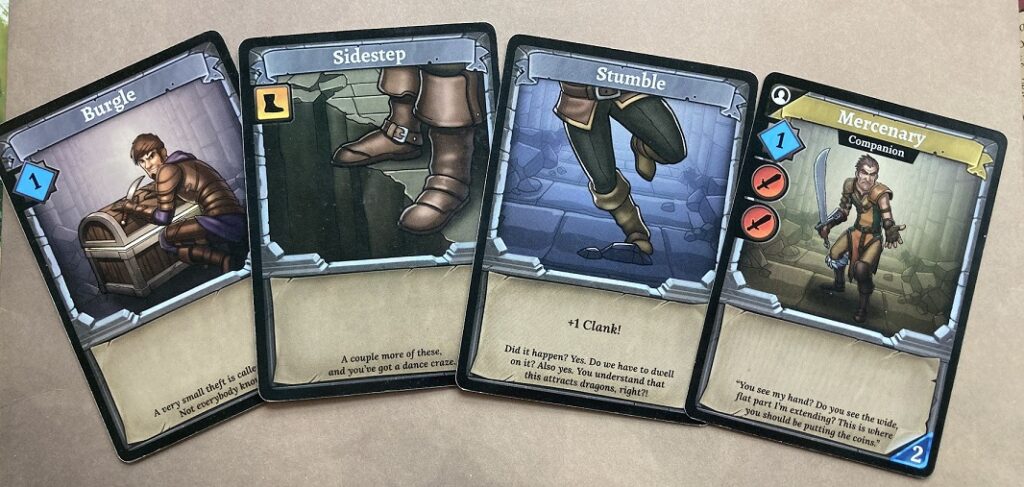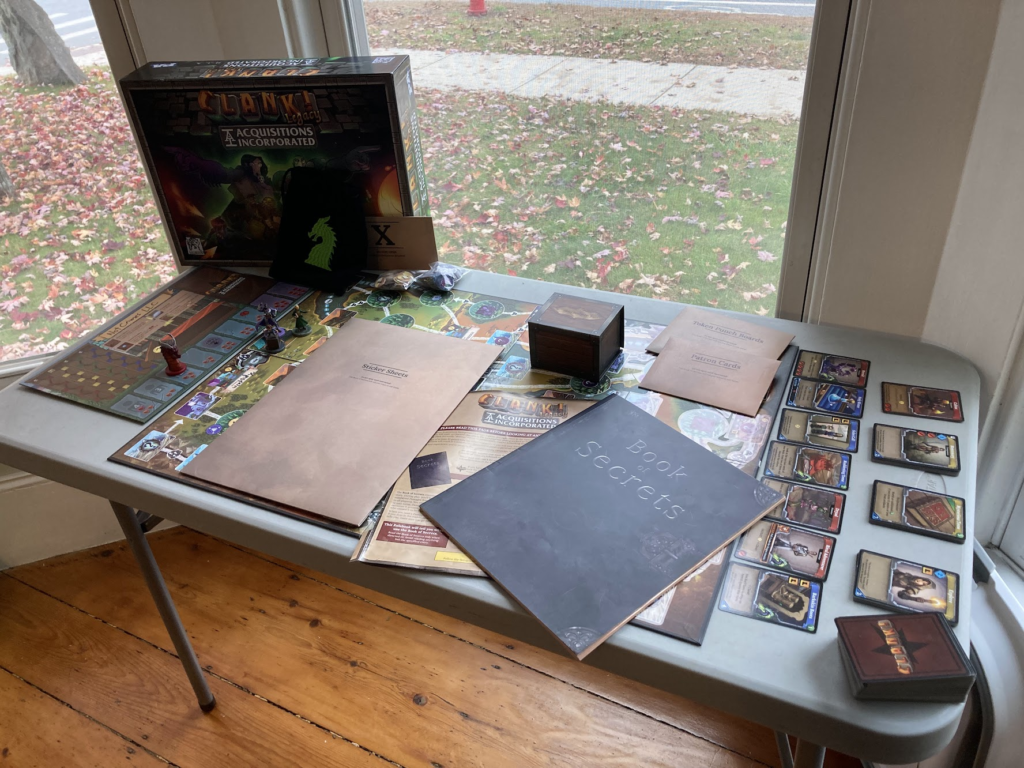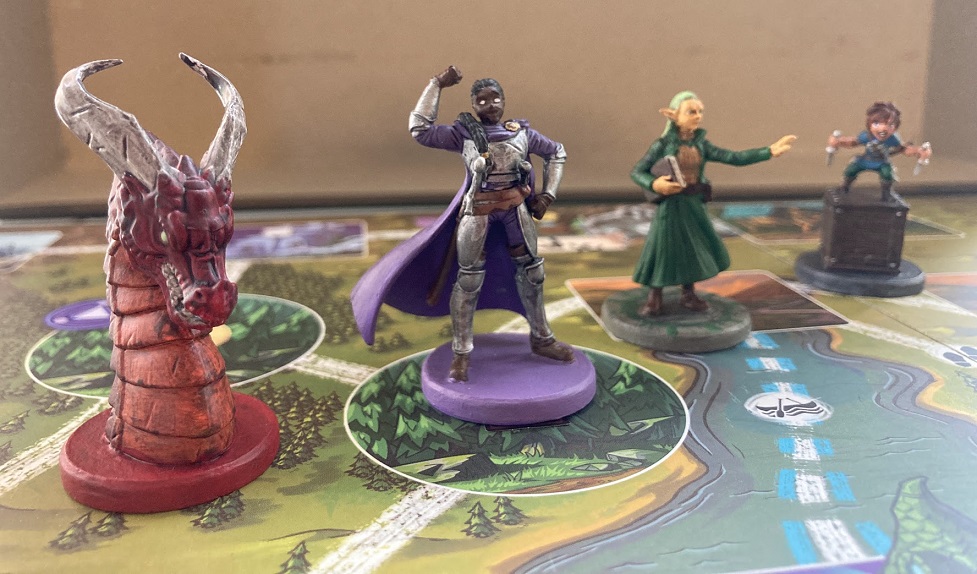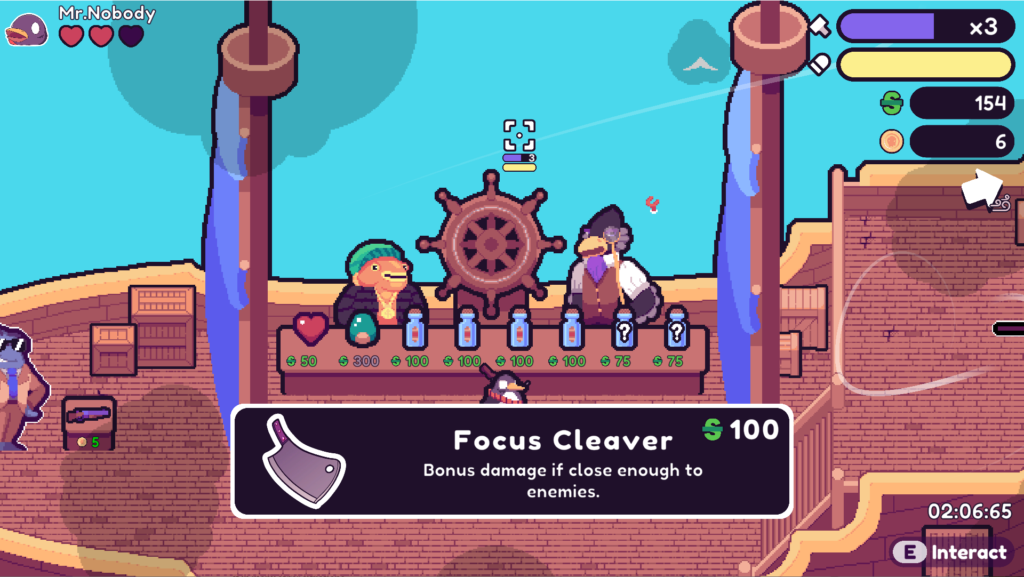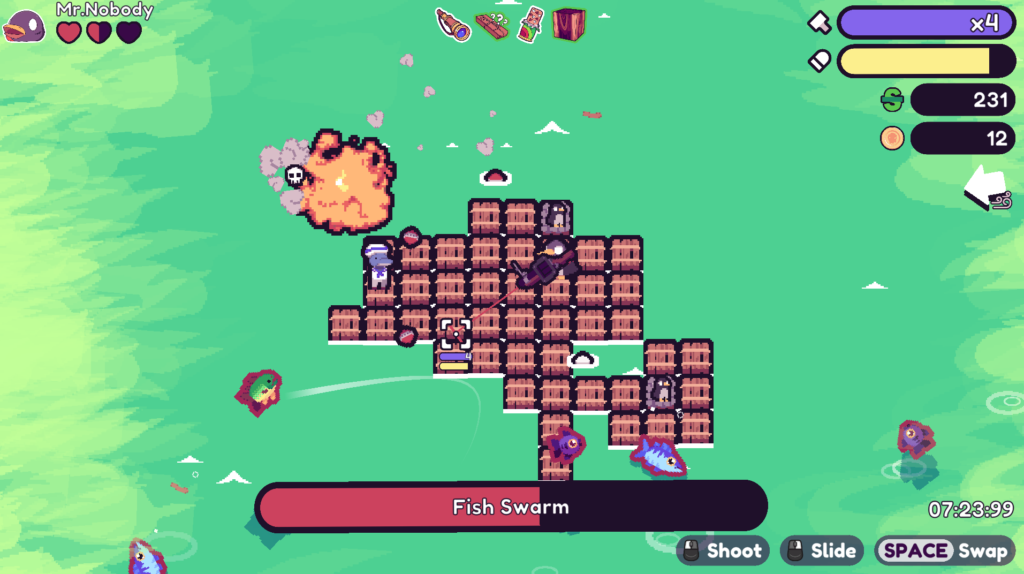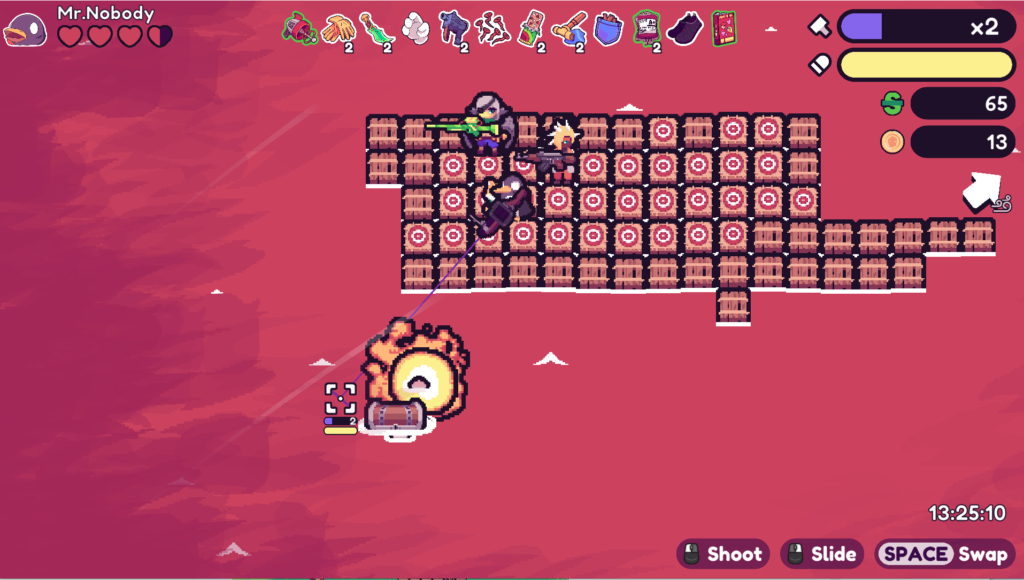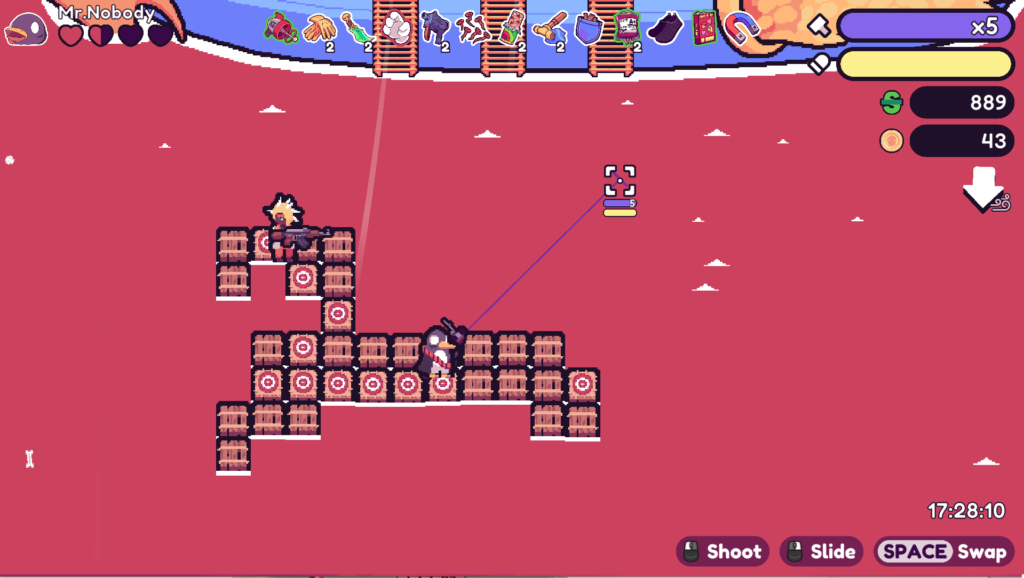Ed Note: This week’s writeup is a bit of an experiment and possibly the most unhinged thing I’ve ever written. Would love to hear your thoughts.
Part 1: Dinosaurs
I had a cousin growing up who really liked dinosaurs. I only ever saw him during whole family vacations, and one time he made everyone watch an incredibly stupid TV show about what if dinosaurs could travel to present day or something. It was dumb, and when it was over I was glad, because it meant that I no longer had to care about giant stupid lizards. Then I could go back to talking about cool things, like Pokémon.

These family vacations took place on the beach, and involved long walks up and down the coast. We spent the walks looking for cool animals to put in a bucket of water for a bit, and then put back in the ocean. I also spent a lot of that time talking about how cool Pokémon were, and which one was the best. That’s a really easy question to answer because it’s Kyogre.

I have wanted a Kyogre since I was like 9. I am now 29 and the thought of being best friends with a giant whalefish that I could ride through the waves and across the ocean still fills me with sort of indescribable joy.
Which is to say, I have had the fantasy of having my own real life Pokémon for a very long time.
Chapter 2: Feet Pics
The wonderful thing about the internet is that if there is something you really want, and there are enough other people who also really want it, someone will eventually make it and upload it.
The less wonderful part of the internet is that goes in reverse.
Feet pics are probably the most benign version of this. I don’t get off on nicely manicured toes, but enough people do. So if you’re attractive, and know how to file those nails, you can open an onlyfans, snap a few shots below the ankles, and pay your mortgage. It’s the invisible foot of the free market. In modern society there is no god other than money.

In the best case scenario, your kink is widespread enough to either become mainstream (like breasts) or at least popular enough that it gets its own Quentin Tarantino.

Chapter 3: Pokémon Games vs Pokémon Franchise
There’s a deep dive in dissecting the Pokémon games, but the short version is that they have been selling the exact same formula for 25 years, and it is a good formula. Well, not good. Passable. These games are passable JRPGs carried by their combat mechanics and let down by virtually everything else. Story, art, progression: they’re all mediocre in Pokémon and sustained by turn-based combat mechanics that are old enough to drink.
The franchise has never changed, but its audience wants more. Pokémon has never once delivered on the desires of its audience. I think the best example of this is Pokémon Go. The game is a pedometer strapped to a GPS with pictures of Pokémon doodled on it. It could have solved world obesity if it wasn’t managed by a company with the dexterity of a walrus on horse tranquilizers.

The point is: in the same way that some people really like dinosaurs or feet pics, other people really like Pokemon.
Chapter 4: Enter the Challenger
The well of discussion related to Palworld has been poisoned. The arable land it sits on has been burned. The earth has been salted. Because on our internet it’s more profitable be a pundit with quick takes than engage in being a reasonable human being.

Everyone discussing Palworld falls into one of two camps: they are either ready to suck the game’s developers off, or they are trying to find the devs’ addresses so they can send them a mailbomb. There is not a lot of middle ground.
Palworld is the incarnation of the open world Pokémon game that a subsection of Pokémon fans have wanted for 20 years. It is a game a game where you can capture a mammoth the size of a school bus. It is a game where you can hatch and ride a falcon.
Palworld materializes a fantasy that some audiences have had for longer than they’ve dreamed of threesomes, or having a stable job and being a homeowner. This is ultimately what Palworld offers. If that is not a dream you have chased for a majority of your life, you are likely to be disappointed.
What you’ll find is an open world crafting sim with a monster collection mechanic, and more bugs than bug type creatures. So far I’ve seen an infinite duplication glitch, a grappling hook that doubles personal lag switch, more pop-in than a pop-up book, enemies and friendly units unable to path, and a full on multiplayer game save file with over 25 game hours just get deleted.
This game is buggy as hell, and I’ve played 40 hours of it. And I want to play more.
Palworld sold 6 million copies because it satisfies, even poorly, a dream I think many of us have had for years. It is at best serviceable and at worst barely functional.
The game fulfills some of my deepest fantasies, but not even I would not argue that it is a good game. It is a functional game. Everything about it works and is fine.
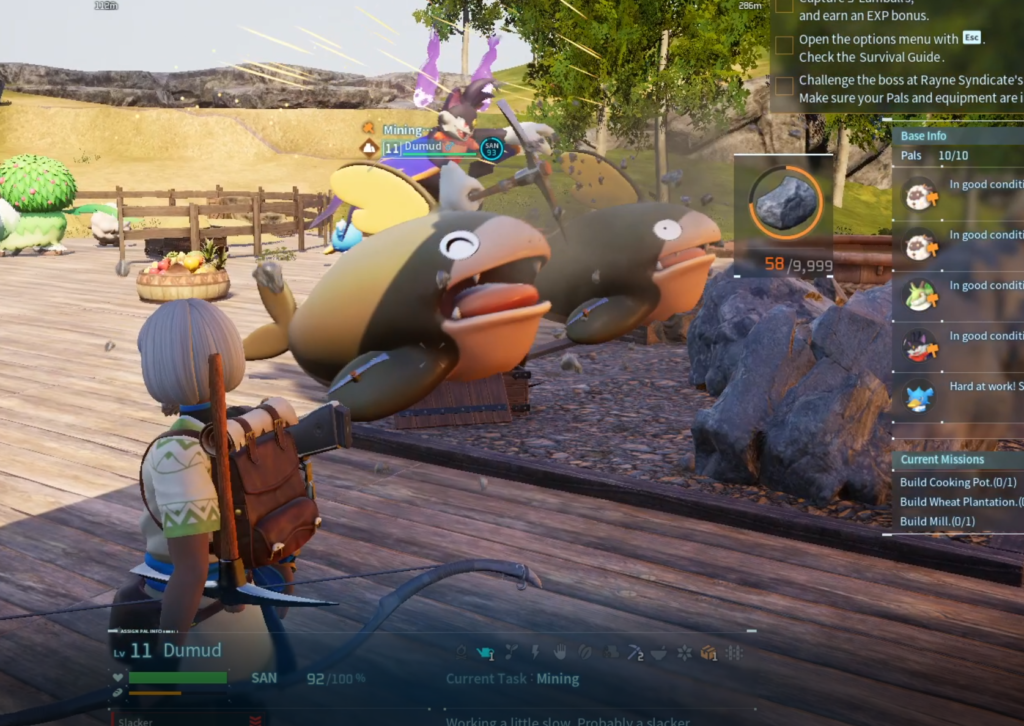
But where other games ask me to do dumb shit like mine rocks, this game lets me mine rocks with a giant fish. Somehow that is enough to make me play 8 hours straight after work without eating.
In another game, if an NPC I controlled got stuck on a cliff, and starved because it couldn’t find it’s way down, I would lose my shit. Here I just shrug and carry them back to the food bowl.

Palworld doesn’t feel meaningfully innovative in almost anyway. Even its creature designs feel uninspired, and the rest of the game feels like it was built out of assets purchased from the Unreal marketplace. It’s a bizarre mish-mash of aesthetics and theming, and has some really weird design.
And none of that matters, because it has a fat fish boy and I love him.





